Skoda Elroq vs Hyundai Inster – Which model is better for everyday use?
Two cars, one duel: Skoda Elroq meets Hyundai Inster.
Which one wins in performance, efficiency and value for money? Find out now!
Costs and Efficiency:
Price and efficiency are often the first things buyers look at. Here it becomes clear which model has the long-term edge – whether at the pump, the plug, or in purchase price.
Hyundai Inster has a clearly advantage in terms of price – it starts at 20500 £, while the Skoda Elroq costs 29100 £. That’s a price difference of around 8572 £.
In terms of energy consumption, the advantage goes to the Hyundai Inster: with 14.30 kWh per 100 km, it’s hardly perceptible more efficient than the Skoda Elroq with 15.20 kWh. That’s a difference of about 0.90 kWh.
As for range, the Skoda Elroq performs evident better – achieving up to 580 km, about 210 km more than the Hyundai Inster.
Engine and Performance:
Under the bonnet, it becomes clear which model is tuned for sportiness and which one takes the lead when you hit the accelerator.
When it comes to engine power, the Skoda Elroq has a clearly edge – offering 340 HP compared to 115 HP. That’s roughly 225 HP more horsepower.
In acceleration from 0 to 100 km/h, the Skoda Elroq is clearly quicker – completing the sprint in 5.40 s, while the Hyundai Inster takes 10.60 s. That’s about 5.20 s faster.
In terms of top speed, the Skoda Elroq performs slightly better – reaching 180 km/h, while the Hyundai Inster tops out at 150 km/h. The difference is around 30 km/h.
There’s also a difference in torque: Skoda Elroq pulls significantly stronger with 679 Nm compared to 147 Nm. That’s about 532 Nm difference.
Space and Everyday Use:
Whether family car or daily driver – which one offers more room, flexibility and comfort?
Seats: Skoda Elroq offers somewhat more seating capacity – 5 vs 4.
In curb weight, Hyundai Inster is clearly lighter – 1380 kg compared to 1949 kg. The difference is around 569 kg.
In terms of boot space, the Skoda Elroq offers convincingly more room – 470 L compared to 280 L. That’s a difference of about 190 L.
In maximum load capacity, the Skoda Elroq performs clearly perceptible better – up to 1580 L, which is about 521 L more than the Hyundai Inster.
When it comes to payload, Skoda Elroq distinct takes the win – 531 kg compared to 357 kg. That’s a difference of about 174 kg.
Who comes out on top?
Overall, the Skoda Elroq shows itself to be leaves the rival little chance and secures the title of DriveDuel Champion.
It convinces with the more balanced overall package and proves to be the more versatile choice for everyday use.
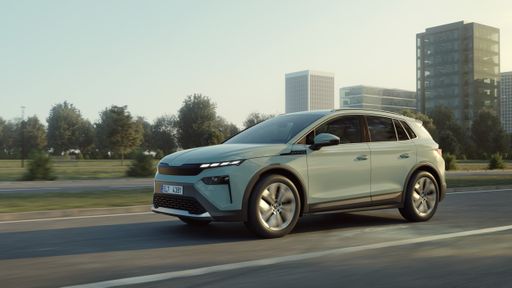
Skoda Elroq
Skoda Elroq
The Elroq stands out in the automotive world with its striking design and a bold presence on the road. Boasting an interior that balances luxury and functionality, it provides an engaging driving experience for enthusiasts and casual drivers alike. With its innovative features and attention to detail, the Elroq redefines what consumers can expect from modern automobiles.
details @ skoda-storyboard.com
@ skoda-storyboard.com
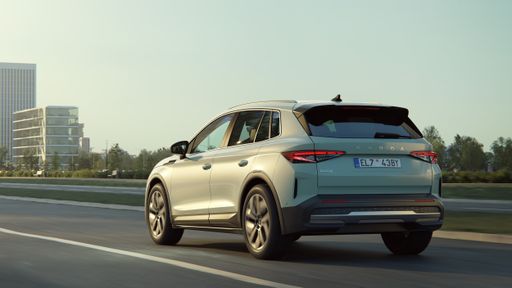 @ skoda-storyboard.com
@ skoda-storyboard.com
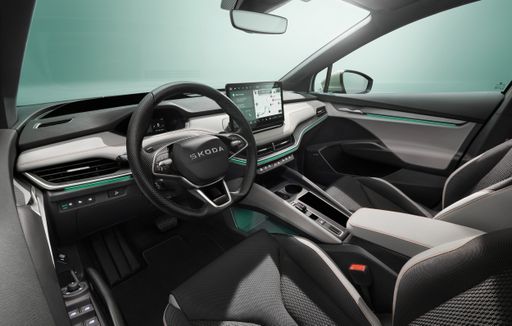 @ skoda-storyboard.com
@ skoda-storyboard.com
Hyundai Inster
The Inster has quickly captured the attention of automotive enthusiasts with its striking design and dynamic performance. This model seamlessly blends advanced technology with comfort, making it an ideal choice for both daily commutes and adventurous road trips. With its spacious interior and innovative features, the Inster promises an exhilarating driving experience that doesn’t compromise on practicality.
details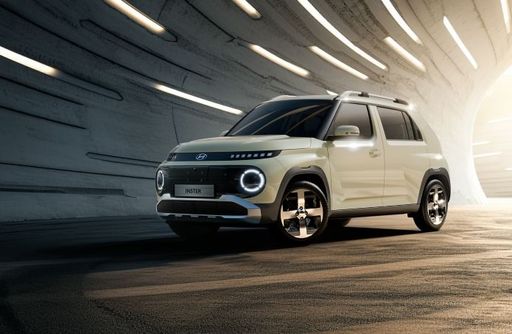 @ hyundai.news
@ hyundai.news
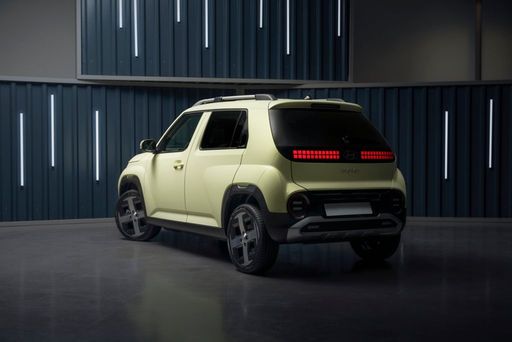 @ hyundai.news
@ hyundai.news
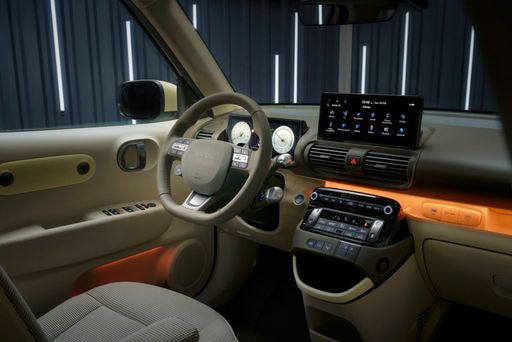 @ hyundai.news
@ hyundai.news

|

|
|
|
|
Costs and Consumption |
|
|---|---|
|
Price
29100 - 45500 £
|
Price
20500 - 25800 £
|
|
Consumption L/100km
-
|
Consumption L/100km
-
|
|
Consumption kWh/100km
15.2 - 16.5 kWh
|
Consumption kWh/100km
14.3 - 15.1 kWh
|
|
Electric Range
377 - 580 km
|
Electric Range
327 - 370 km
|
|
Battery Capacity
52 - 79 kWh
|
Battery Capacity
42 - 49 kWh
|
|
co2
0 g/km
|
co2
0 g/km
|
|
Fuel tank capacity
-
|
Fuel tank capacity
-
|
Dimensions and Body |
|
|---|---|
|
Body Type
SUV
|
Body Type
SUV
|
|
Seats
5
|
Seats
4
|
|
Doors
5
|
Doors
5
|
|
Curb weight
1949 - 2268 kg
|
Curb weight
1380 - 1433 kg
|
|
Trunk capacity
470 L
|
Trunk capacity
238 - 280 L
|
|
Length
4488 mm
|
Length
3825 - 3845 mm
|
|
Width
1884 mm
|
Width
1610 mm
|
|
Height
1608 - 1625 mm
|
Height
1575 - 1610 mm
|
|
Max trunk capacity
1580 L
|
Max trunk capacity
1059 L
|
|
Payload
470 - 531 kg
|
Payload
317 - 357 kg
|
Engine and Performance |
|
|---|---|
|
Engine Type
Electric
|
Engine Type
Electric
|
|
Transmission
Automatic
|
Transmission
Automatic
|
|
Transmission Detail
Reduction Gearbox
|
Transmission Detail
Reduction Gearbox
|
|
Drive Type
Rear-Wheel Drive, All-Wheel Drive
|
Drive Type
Front-Wheel Drive
|
|
Power HP
170 - 340 HP
|
Power HP
97 - 115 HP
|
|
Acceleration 0-100km/h
5.4 - 9 s
|
Acceleration 0-100km/h
10.6 - 11.7 s
|
|
Max Speed
160 - 180 km/h
|
Max Speed
140 - 150 km/h
|
|
Torque
310 - 679 Nm
|
Torque
147 Nm
|
|
Number of Cylinders
-
|
Number of Cylinders
-
|
|
Power kW
125 - 250 kW
|
Power kW
71 - 85 kW
|
|
Engine capacity
-
|
Engine capacity
-
|
General |
|
|---|---|
|
Model Year
2025
|
Model Year
2025
|
|
CO2 Efficiency Class
A
|
CO2 Efficiency Class
A
|
|
Brand
Skoda
|
Brand
Hyundai
|
What drive types are available for the Skoda Elroq?
Available configurations include Rear-Wheel Drive or All-Wheel Drive.
The prices and data displayed are estimates based on German list prices and may vary by country. This information is not legally binding.
